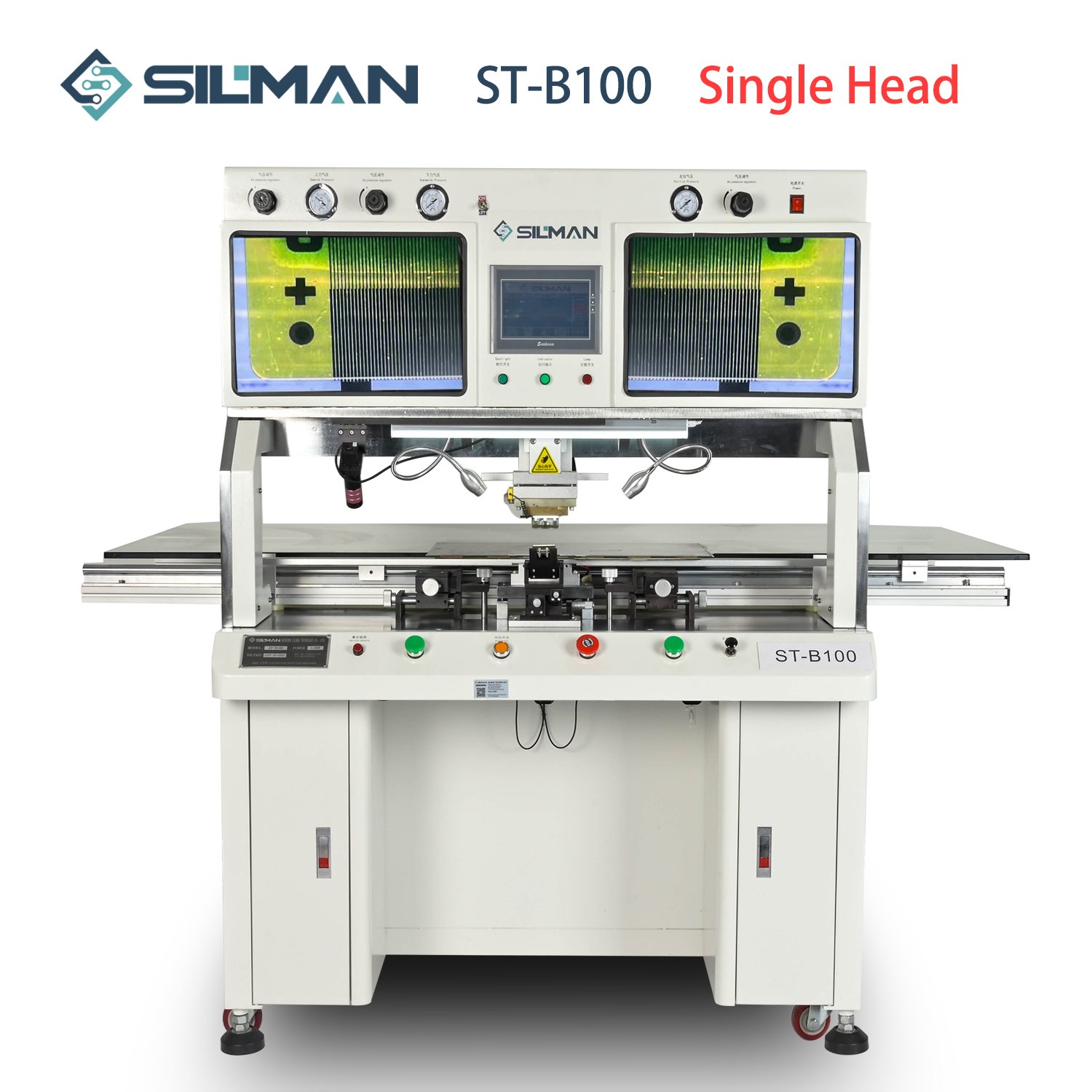Steel mesh cleaning, from manual cleaning to automated cleaning achieved through solvent-assisted pneumatic spraying, has become an efficient, environmentally friendly, and safe application direction and development in the industry. This application better meets the cleaning needs of manufacturers in this area and the requirements of environmental protection, sustainability, and scientific development of society, ensuring a safer and more user-friendly operating mode while meeting production technical indicators.
In the selection and implementation of cleaning methods by many manufacturers, some still rely on manual methods for steel mesh cleaning, but the hazards of manual cleaning are evident. When manually cleaning red glue printing boards using solvents, the solvent’s characteristics allow for rapid evaporation, achieving quick drying of the steel mesh after cleaning. However, two possible disadvantages or defects may occur at this time: first, water-based cleaning agents on the steel mesh may not be completely removed, which can lead to erosion of the tensioning adhesive over time, resulting in glue failure and affecting the tension of the steel mesh. Second, the need to remove water-based cleaning agents from the steel mesh often involves manual wiping or rinsing, which can be troublesome and annoying for operators.
Using water-based cleaning agents with a solder paste steel mesh cleaning machine combined with a water-based steel mesh cleaning machine can achieve fully automatic operation integrating cleaning, rinsing, and drying of the steel mesh without the need for manual assistance, thereby realizing a complete water-based cleaning process. This not only ensures thorough cleaning of residual substances on the steel mesh but also controls the consumption of water-based cleaning agents during operation, reducing cleaning costs. It only consumes the loss of liquid from the steel mesh itself from the cleaning tank to the rinsing tank, and water-based cleaning agents can be reused, greatly reducing the amount of cleaning agents used. This avoids the configuration of the same chamber and tank for cleaning and rinsing operations in the original cleaning machine, which can cause mutual contamination and dilution of cleaning agents and rinsing water due to the machine’s inherent defects, reducing the service life of cleaning agents (resulting in fewer cleaning cycles and decreased cleaning effectiveness) and also increasing the difficulty of achieving clean rinsing.
